KAM LRW User manual
Other KAM Measuring Instrument manuals
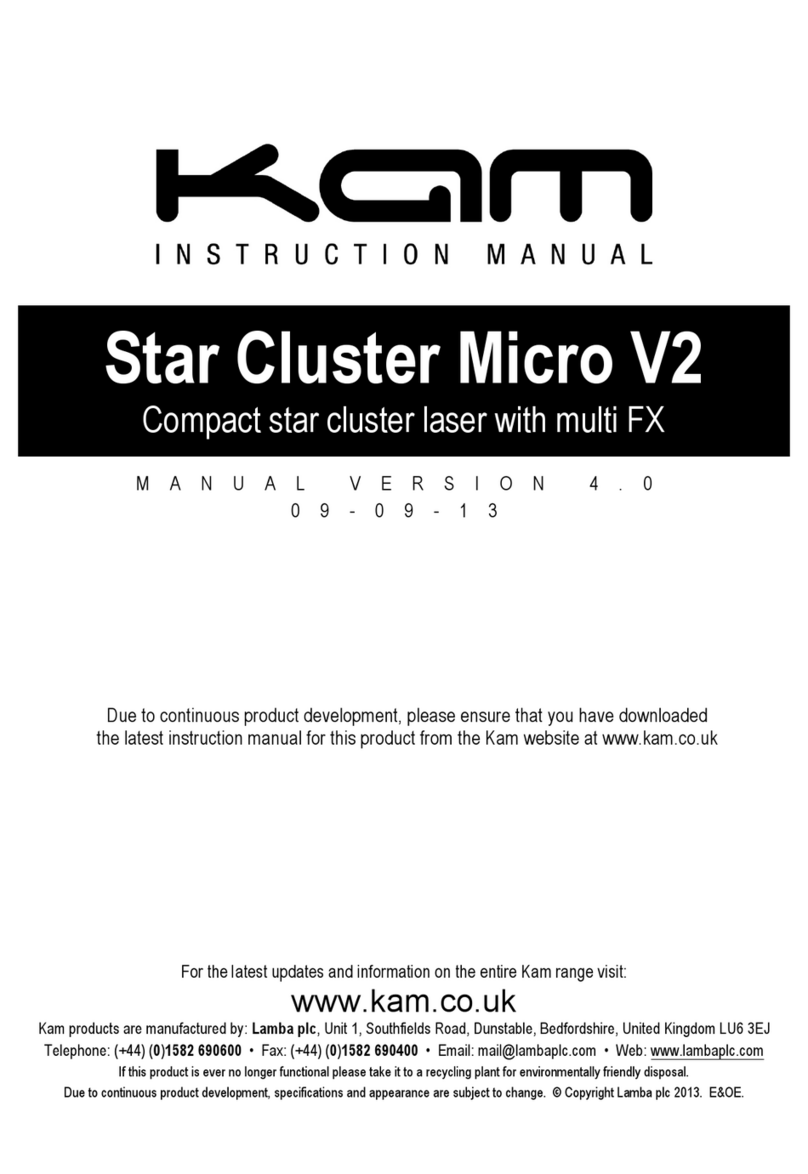
KAM
KAM Star Cluster Micro V2 User manual
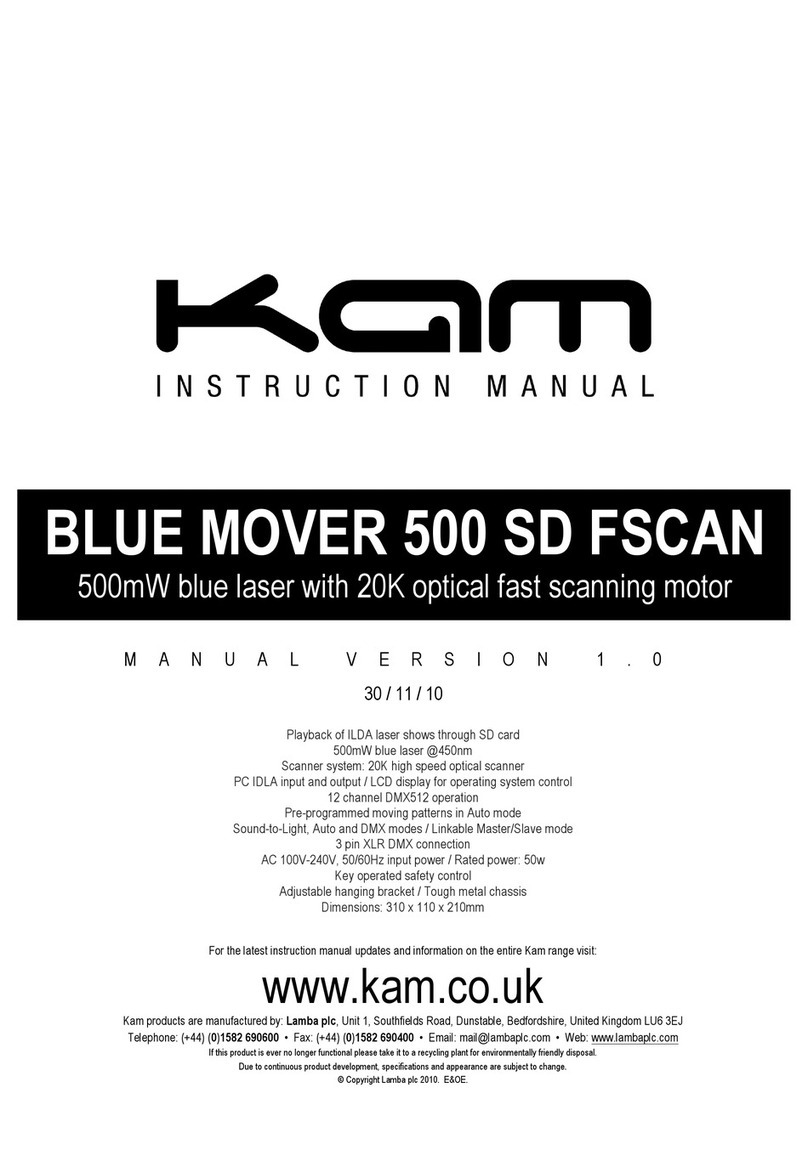
KAM
KAM BLUE MOVER 500 SD FSCAN User manual
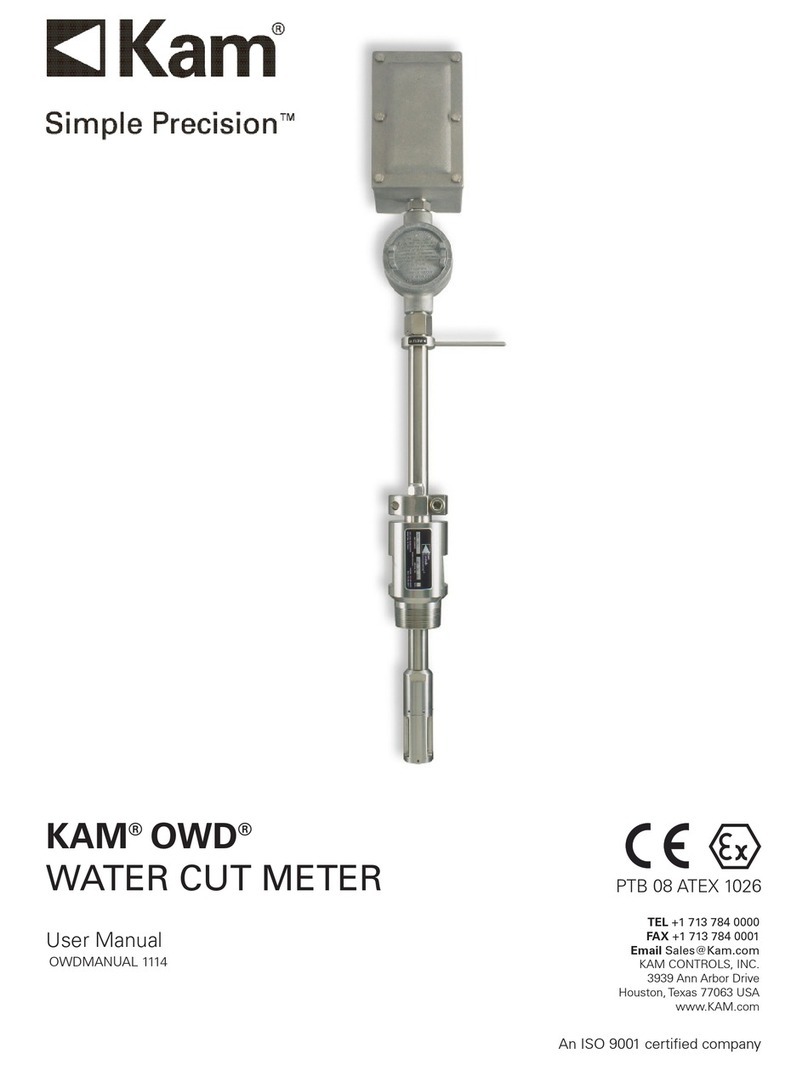
KAM
KAM Simple Precision OWD User manual
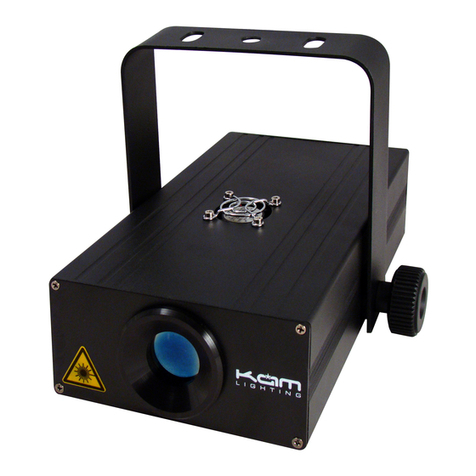
KAM
KAM DMX Laser40 FScan User manual
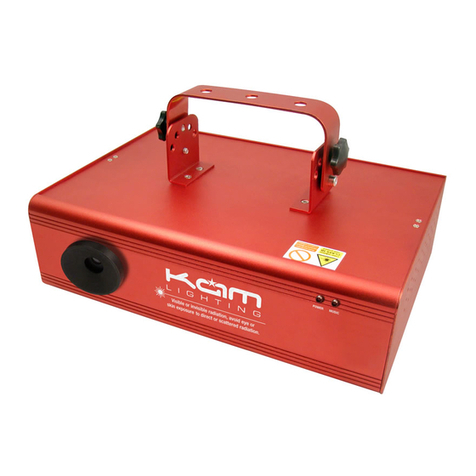
KAM
KAM Ultimate V2 User manual
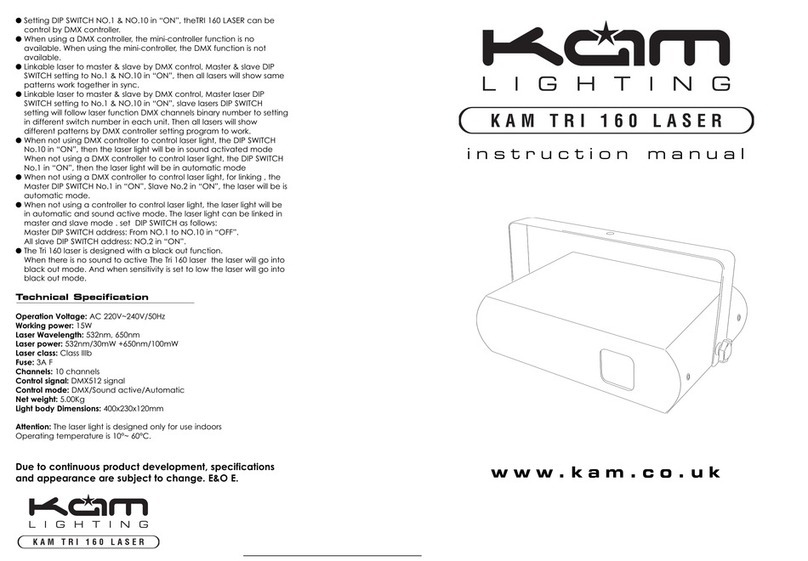
KAM
KAM TRI 160 User manual
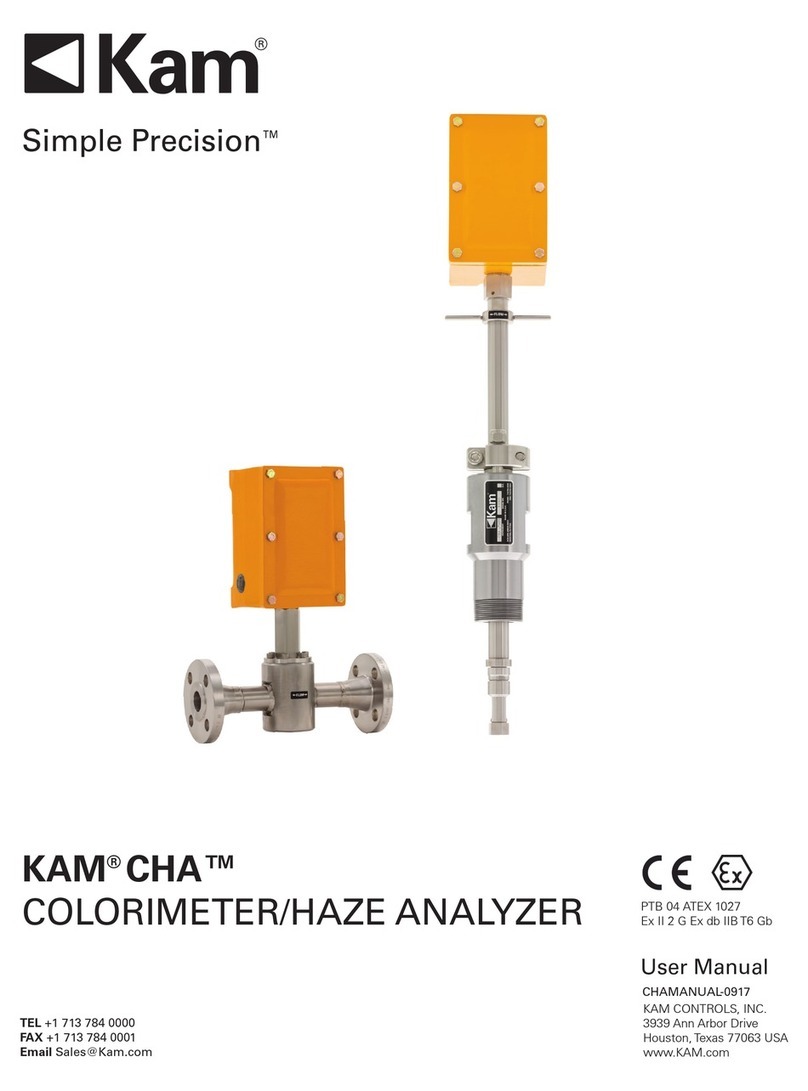
KAM
KAM Simple Precision CHA User manual
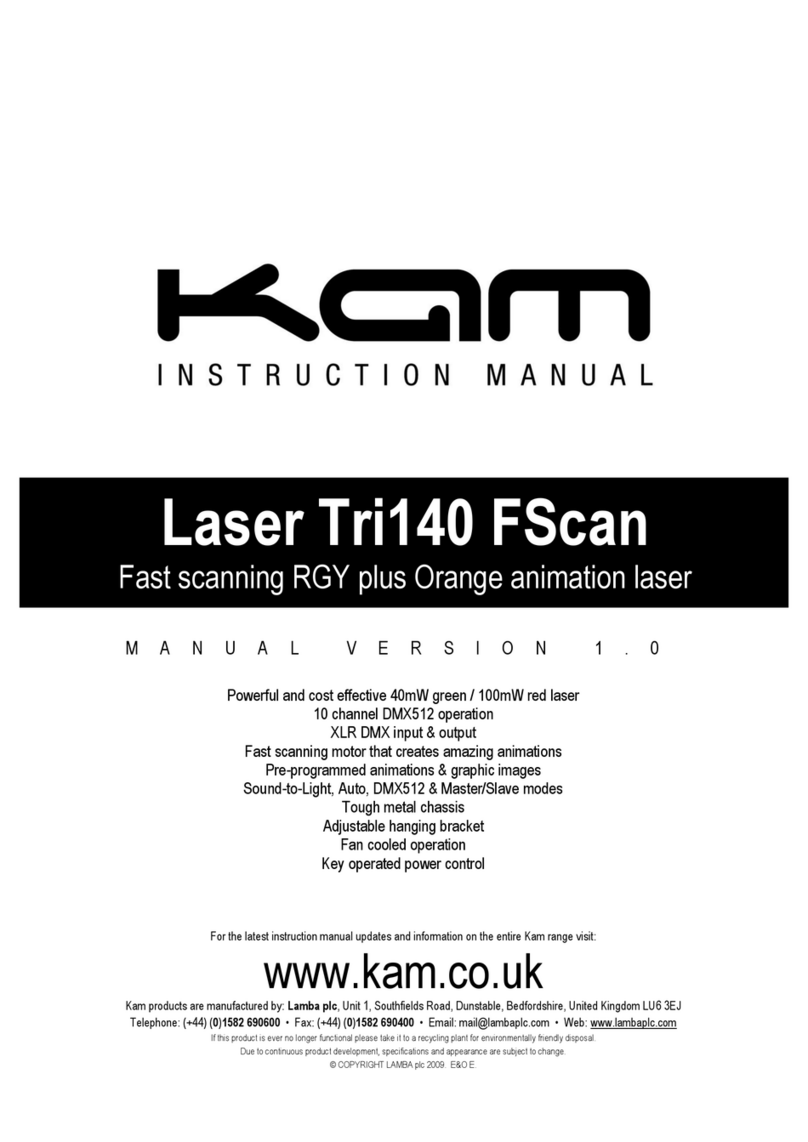
KAM
KAM Tri140 FScan User manual
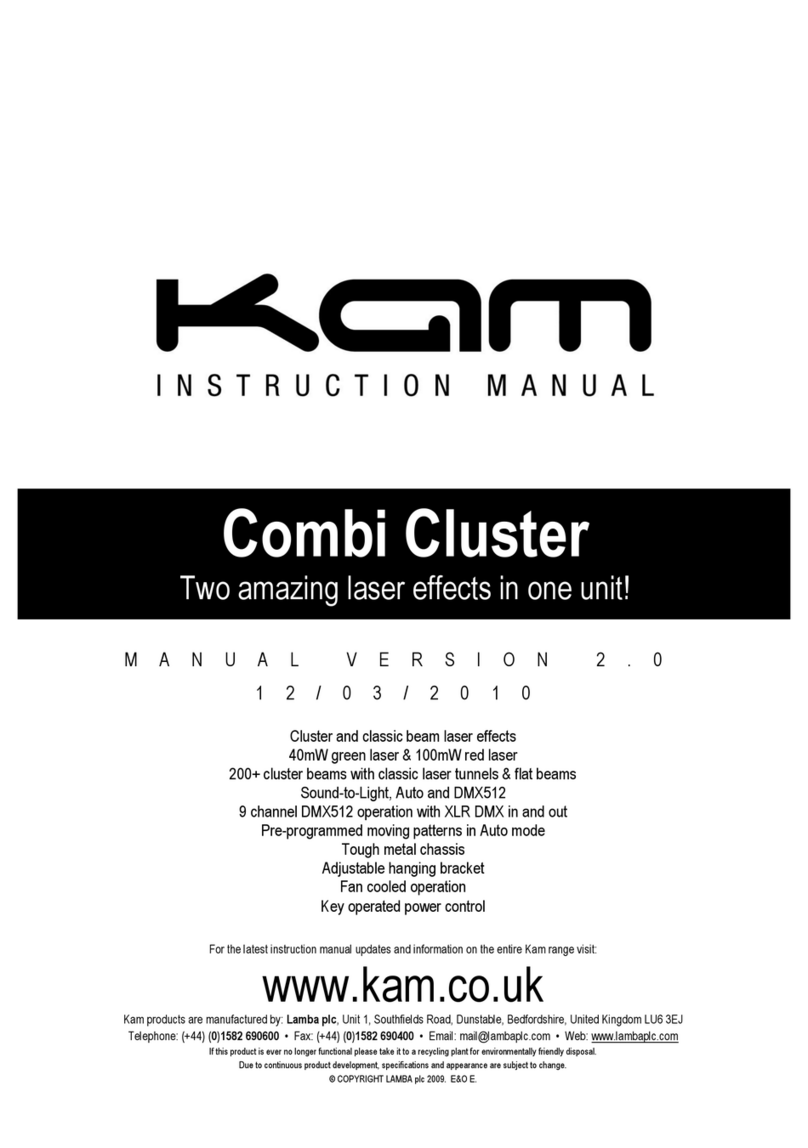
KAM
KAM Combi Cluster User manual
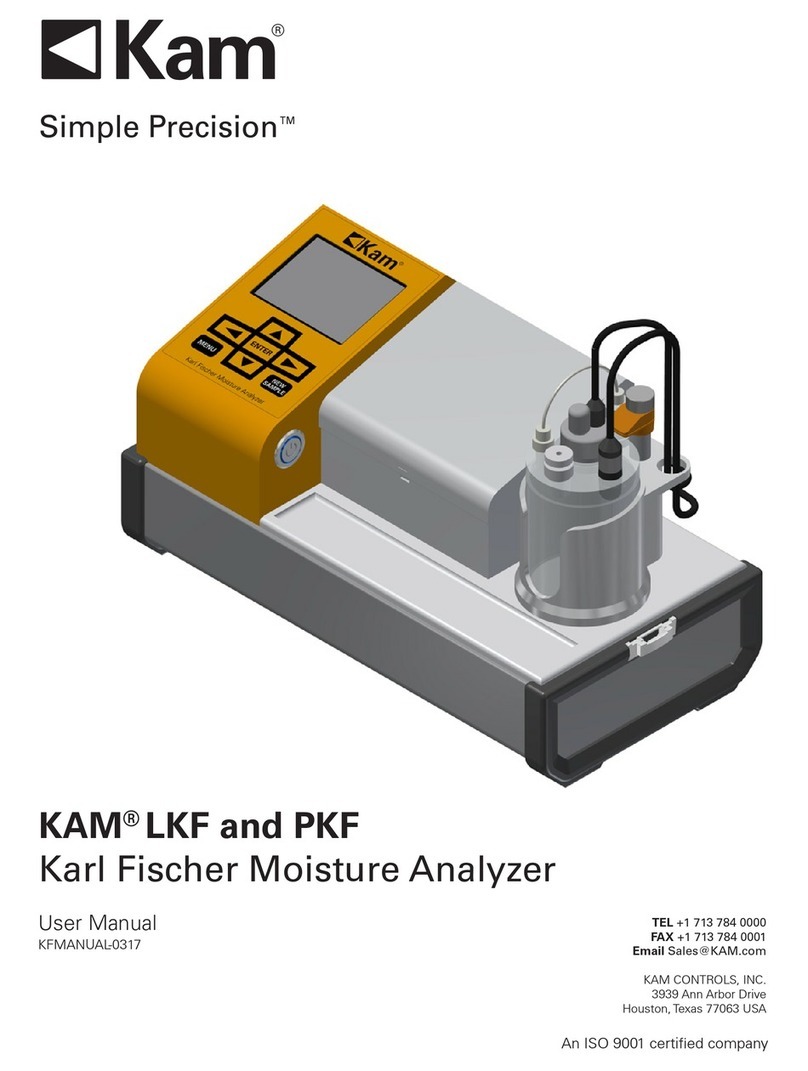
KAM
KAM Simple Precision PKF User manual
Popular Measuring Instrument manuals by other brands

Powerfix Profi
Powerfix Profi 278296 Operation and safety notes

Test Equipment Depot
Test Equipment Depot GVT-427B user manual

Fieldpiece
Fieldpiece ACH Operator's manual

FLYSURFER
FLYSURFER VIRON3 user manual

GMW
GMW TG uni 1 operating manual

Downeaster
Downeaster Wind & Weather Medallion Series instruction manual

Hanna Instruments
Hanna Instruments HI96725C instruction manual

Nokeval
Nokeval KMR260 quick guide

HOKUYO AUTOMATIC
HOKUYO AUTOMATIC UBG-05LN instruction manual

Fluke
Fluke 96000 Series Operator's manual

Test Products International
Test Products International SP565 user manual

General Sleep
General Sleep Zmachine Insight+ DT-200 Service manual















